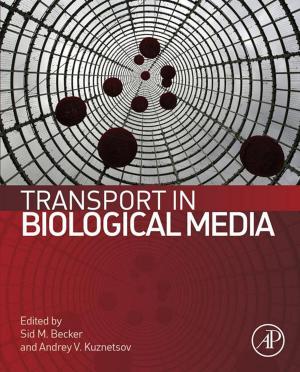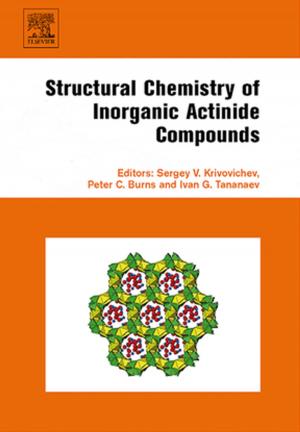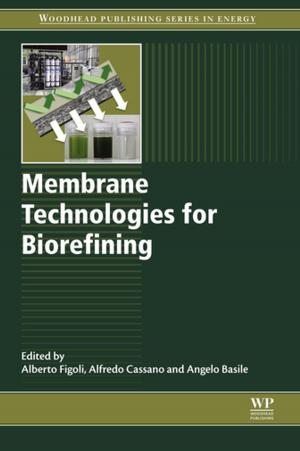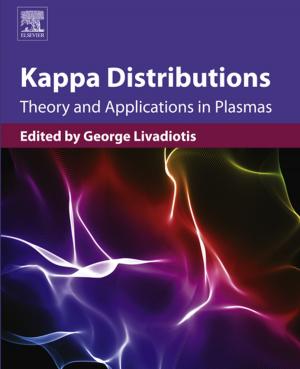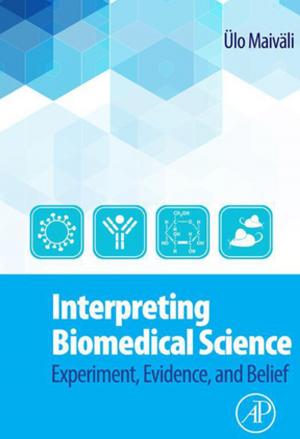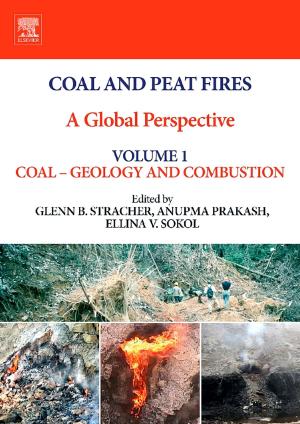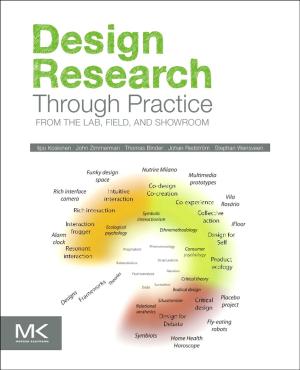Introduction to Petroleum Biotechnology
Nonfiction, Science & Nature, Technology, Petroleum, Power Resources| Author: | James G. Speight, Nour Shafik El-Gendy | ISBN: | 9780128052884 |
| Publisher: | Elsevier Science | Publication: | December 11, 2017 |
| Imprint: | Gulf Professional Publishing | Language: | English |
| Author: | James G. Speight, Nour Shafik El-Gendy |
| ISBN: | 9780128052884 |
| Publisher: | Elsevier Science |
| Publication: | December 11, 2017 |
| Imprint: | Gulf Professional Publishing |
| Language: | English |
Introduction to Petroleum Biotechnology introduces the petroleum engineer to biotechnology, bringing together the various biotechnology methods that are applied to recovery, refining and remediation in the uses of petroleum and petroleum products.
A significant amount of petroleum is undiscoverable in reservoirs today using conventional and secondary methods. This reference explains how microbial enhanced oil recovery is aiding to produce more economical and environmentally-friendly metabolic events that lead to improved oil recovery. Meanwhile, in the downstream side of the industry, petroleum refining operators are facing the highest levels of environmental regulations while struggling to process more of the heavier crude oils since conventional physical and chemical refining techniques may not be applicable to heavier crudes.
This reference proposes to the engineer and refining manager the concepts of bio-refining applications to not only render heavier crudes as lighter crudes through microbial degradation, but also through biodenitrogenation, biodemetallization and biodesulfurization, making more petroleum derivatives purified and upgraded without the release of more pollutants.
Equipped for both upstream and downstream to learn the basics, this book is a necessary primer for today’s petroleum engineer.
- Presents the fundamentals behind petroleum biotechnology for both upstream and downstream oil and gas operations
- Provides the latest technology in reservoir recovery using microbial enhanced oil recovery methods
- Helps readers gain insight into the current and future application of using biotechnology as a refining and fuel blending method for heavy oil and tar sands
Introduction to Petroleum Biotechnology introduces the petroleum engineer to biotechnology, bringing together the various biotechnology methods that are applied to recovery, refining and remediation in the uses of petroleum and petroleum products.
A significant amount of petroleum is undiscoverable in reservoirs today using conventional and secondary methods. This reference explains how microbial enhanced oil recovery is aiding to produce more economical and environmentally-friendly metabolic events that lead to improved oil recovery. Meanwhile, in the downstream side of the industry, petroleum refining operators are facing the highest levels of environmental regulations while struggling to process more of the heavier crude oils since conventional physical and chemical refining techniques may not be applicable to heavier crudes.
This reference proposes to the engineer and refining manager the concepts of bio-refining applications to not only render heavier crudes as lighter crudes through microbial degradation, but also through biodenitrogenation, biodemetallization and biodesulfurization, making more petroleum derivatives purified and upgraded without the release of more pollutants.
Equipped for both upstream and downstream to learn the basics, this book is a necessary primer for today’s petroleum engineer.
- Presents the fundamentals behind petroleum biotechnology for both upstream and downstream oil and gas operations
- Provides the latest technology in reservoir recovery using microbial enhanced oil recovery methods
- Helps readers gain insight into the current and future application of using biotechnology as a refining and fuel blending method for heavy oil and tar sands



